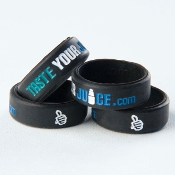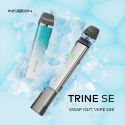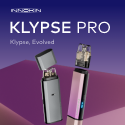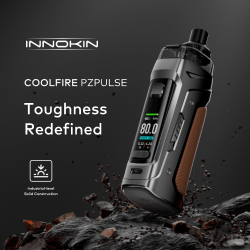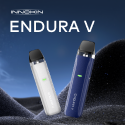The original article can be found on Doctor Farsalinos’ website: E-Cigarette Research
By Dr Farsalinos
In the past few days I have received a large number of emails and messages from concerned vapers about a study reporting huge levels of aldehydes in e-cigarette aerosol when using flavored e-liquid. The study has been published in the journal Environmental Research and Technology. The authors compared flavored with unflavored liquids. The highest level of aldehyde emissions were observed with the flavors watermelon blueberry and coffee. Remarkably, no aldehyde emissions were found when using an unflavored liquid.
Due to the latter, we can safely exclude dry puffs as a reason for the very high aldehyde emissions. If that was the case, they would have found very high levels of aldehyde in unflavored liquids too. I have reported this in a study 1 year ago using unflavored liquid.
The problem with this study is that the results contradict previous research on aldehyde emissions. A large number of studies have shown that aldehydes are formed due to thermal degradation of the main ingredients of e-liquids, namely propylene glycol and glycerol. Even more importantly, John Lauterbach reported in a 2015 conference that radiolabeled aldehydes were found in the aerosol of e-liquids containing radiolabeled PG and VG (abstract 188). This is definite proof that, at least part of, aldehydes are formed due to thermal degradation of the humectants of e-liquids. I cannot explain why the authors found no aldehydes (i.e. below LOQ) in the unflavored liquid. With the flavored liquids, the levels found were extremely high. For example, the watermelon liquid released so much formaldehyde that consuming 1 mL of that liquid would result in 4-fold higher exposure compared to smoking 20 tobacco cigarettes.
I should note that it is impossible to convincingly identify something that went wrong in this study, besides the fact that the results are not consistent with previous research. I never attempt to provide “justifications” which do not exist, and I never have “preferences” in what gets published. My only goal is to have accurate scientific information and advance the knowledge and understanding, whether the information is in favor or against e-cigarettes.
One of the fascinating aspects of science is the ability to replicate, and thus confirm or reject, the findings of a study. Thus, I can announce that we have already prepared a protocol with the main purpose to identify if and at what level do flavors contribute to aldehyde emissions compared to unflavored liquid. We also plan to use some of the liquids used in the recent study (same brand), if the author replies to my email requesting information on the brand used (there is no such information in the manuscript, and I still have not received any response to the email I have sent). We will be able to release our preliminary results very soon and we hope we are going to clarify the situation. If there is a problem, we need to verify it and inform the scientific community and the society, especially vapers and smokers. So, be patient…














 Store
Store
